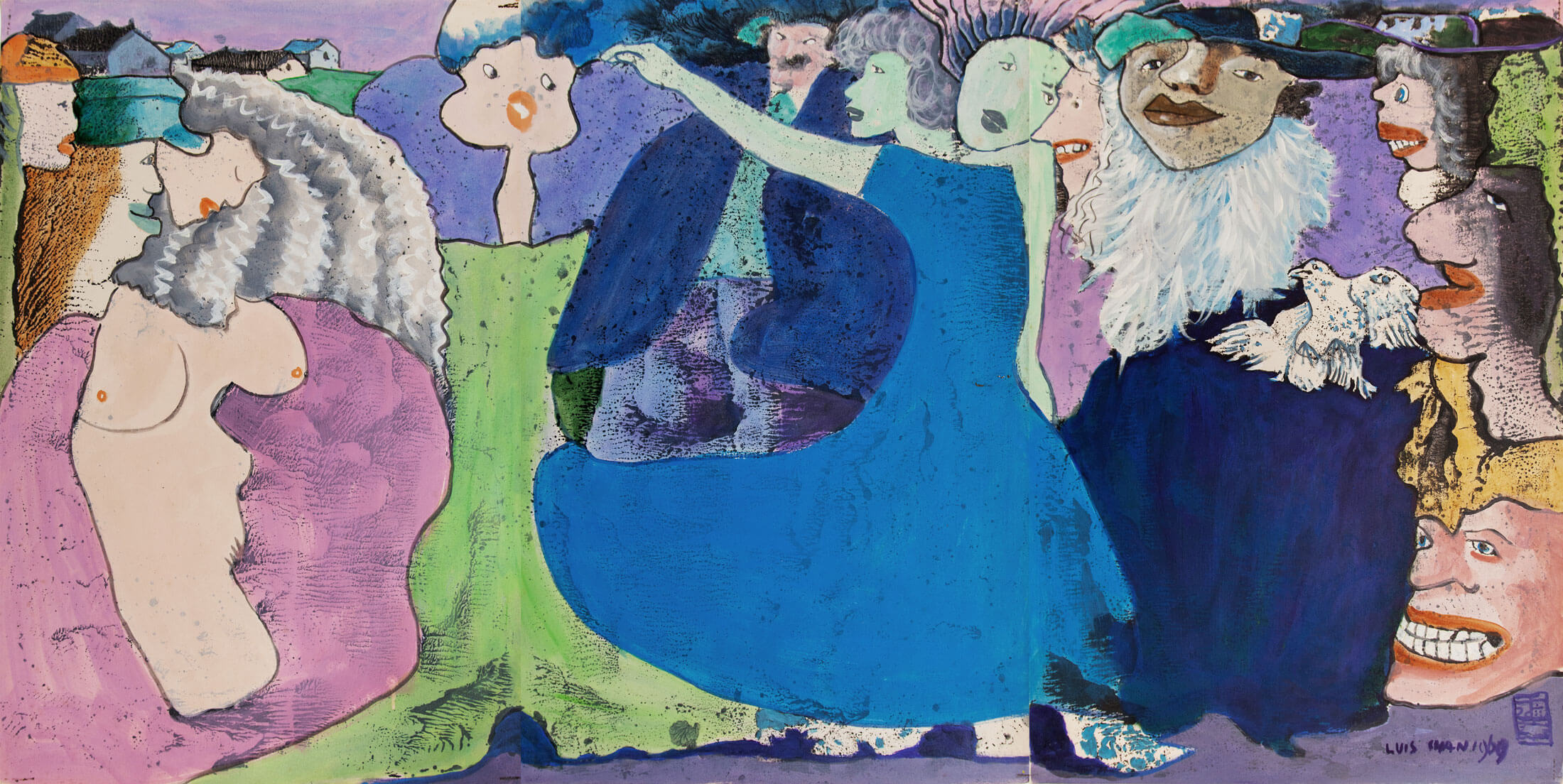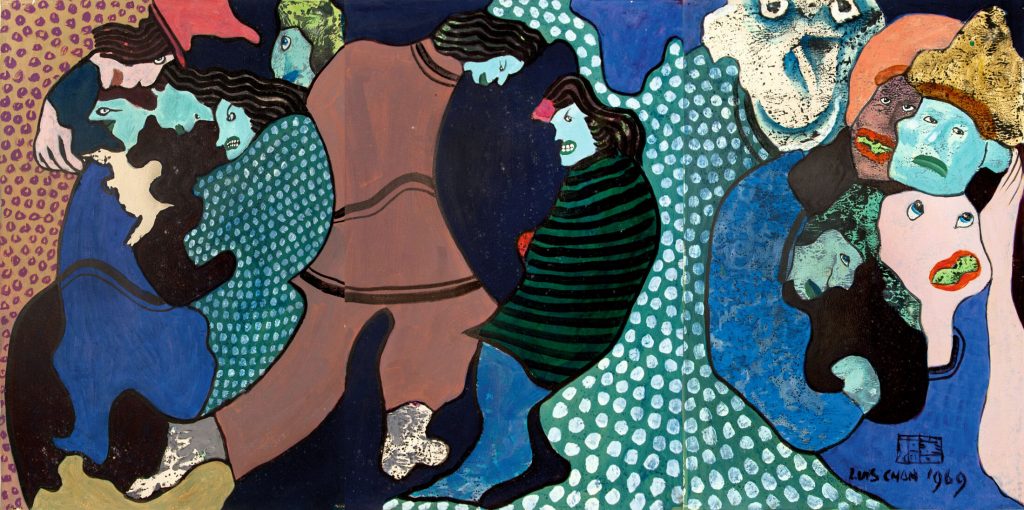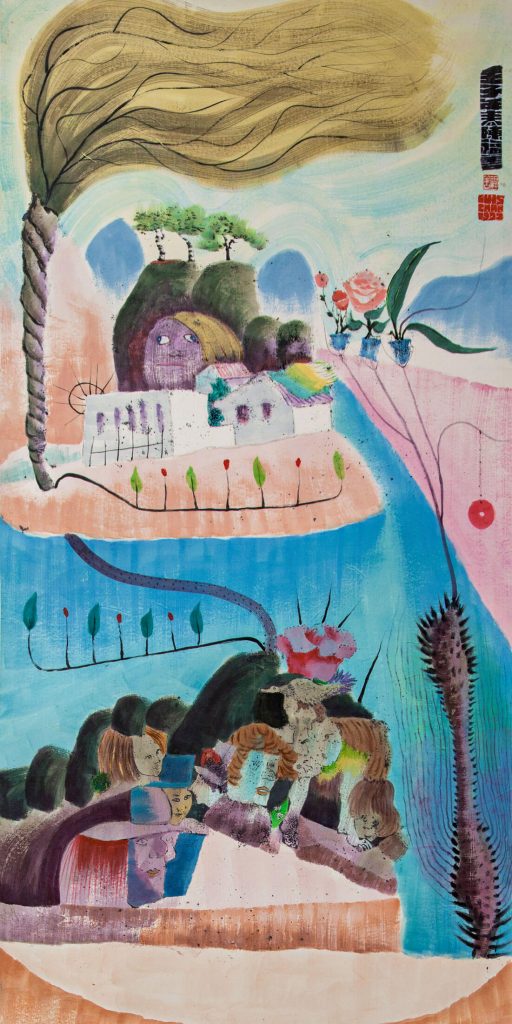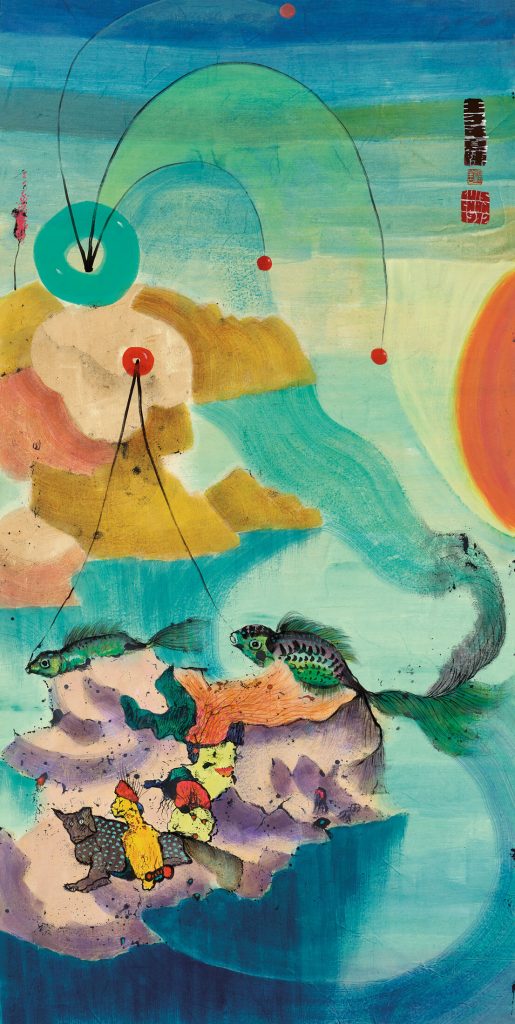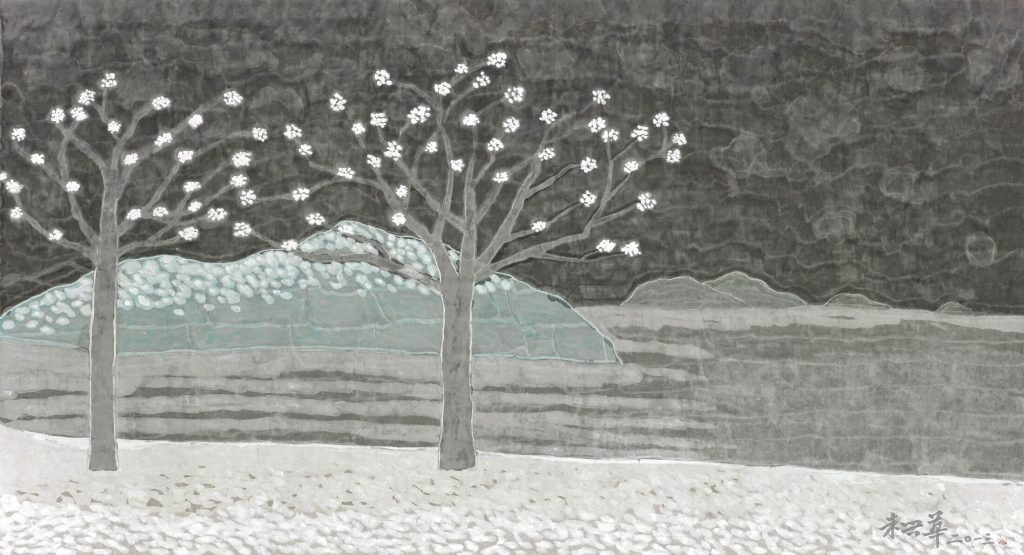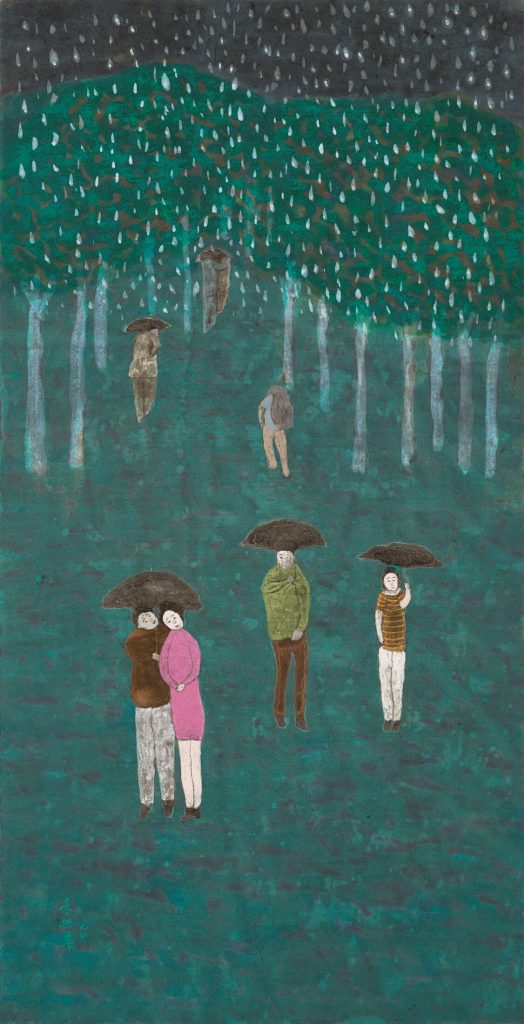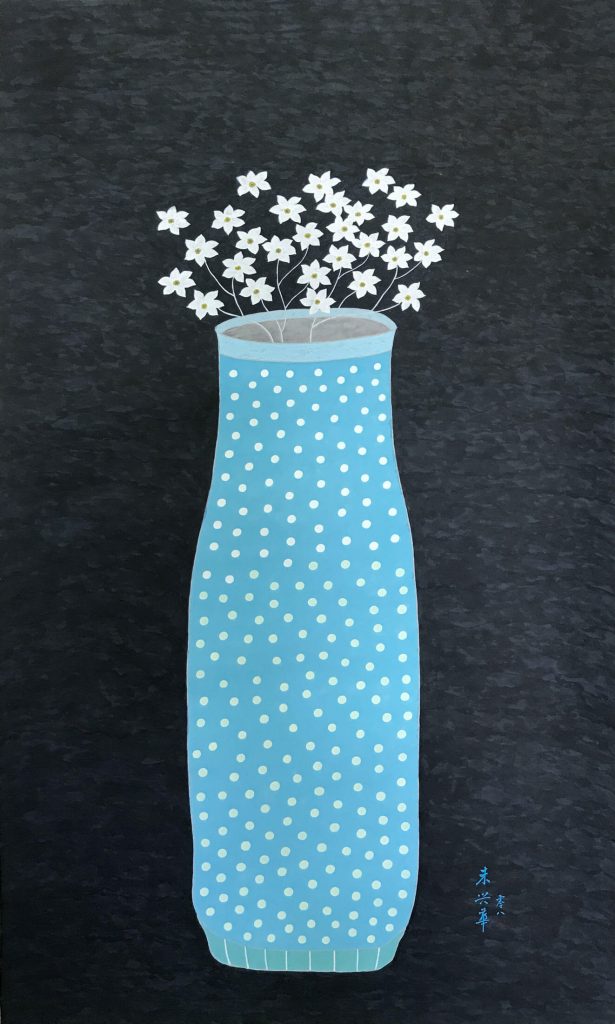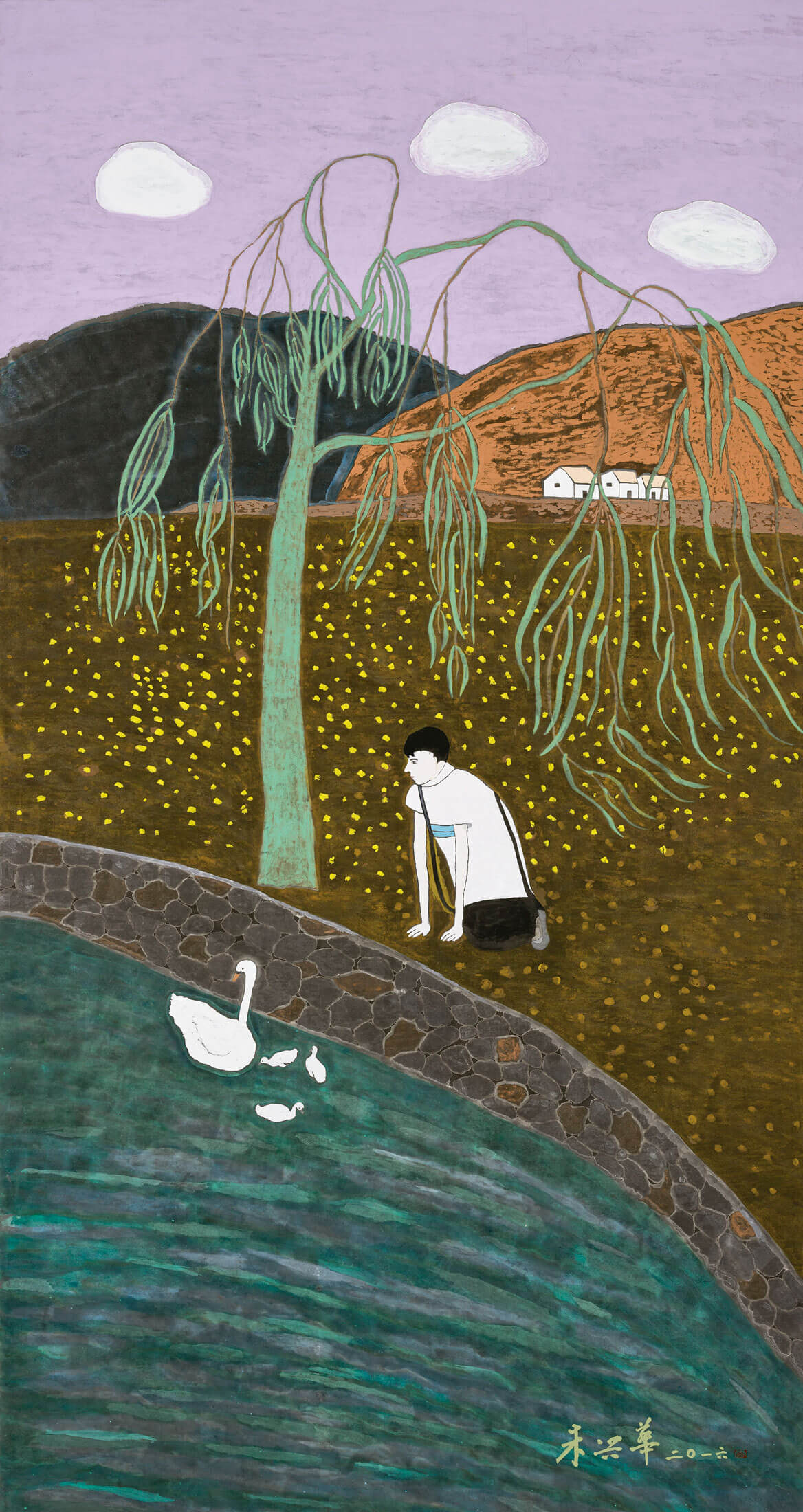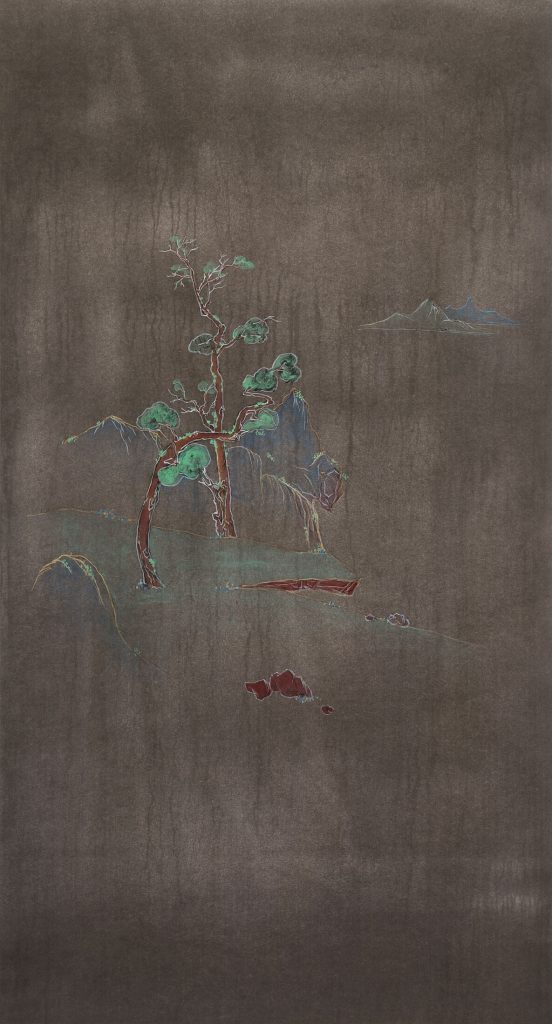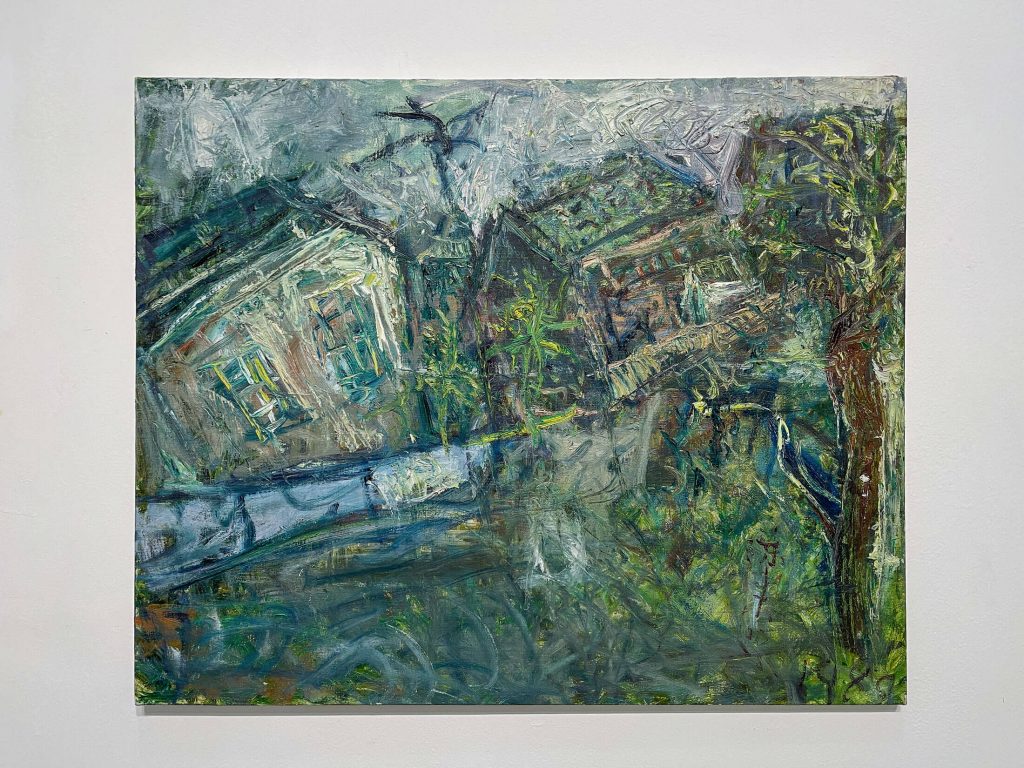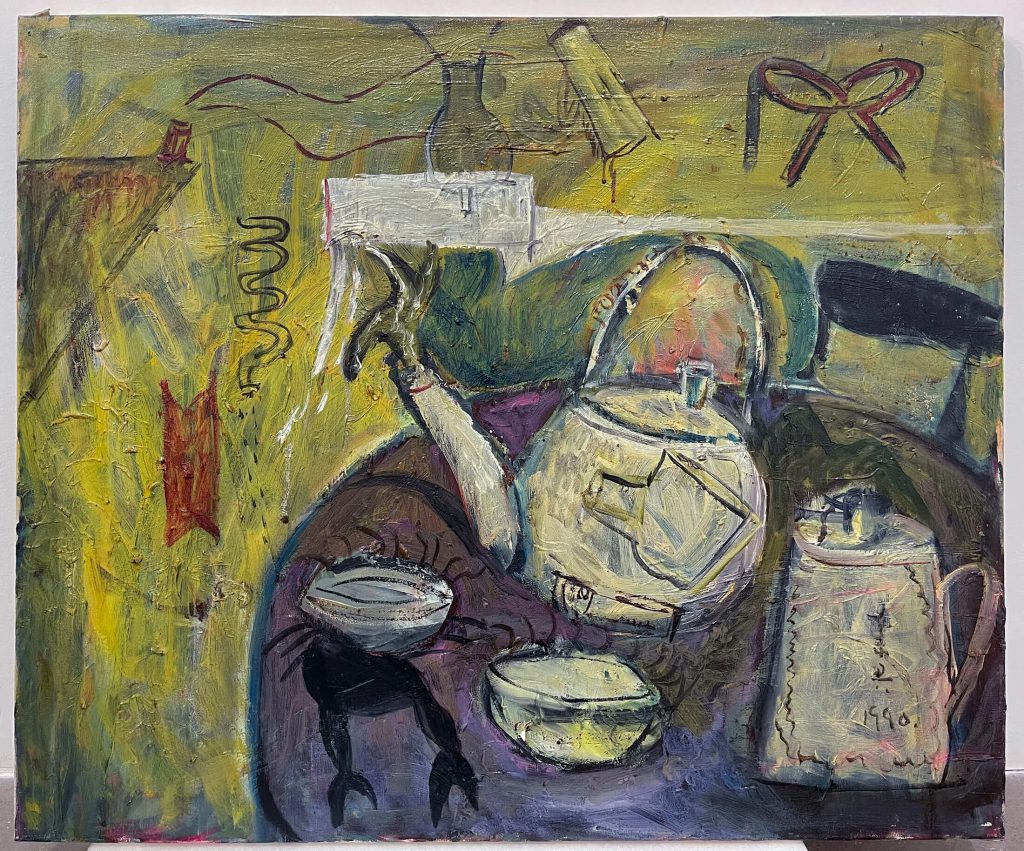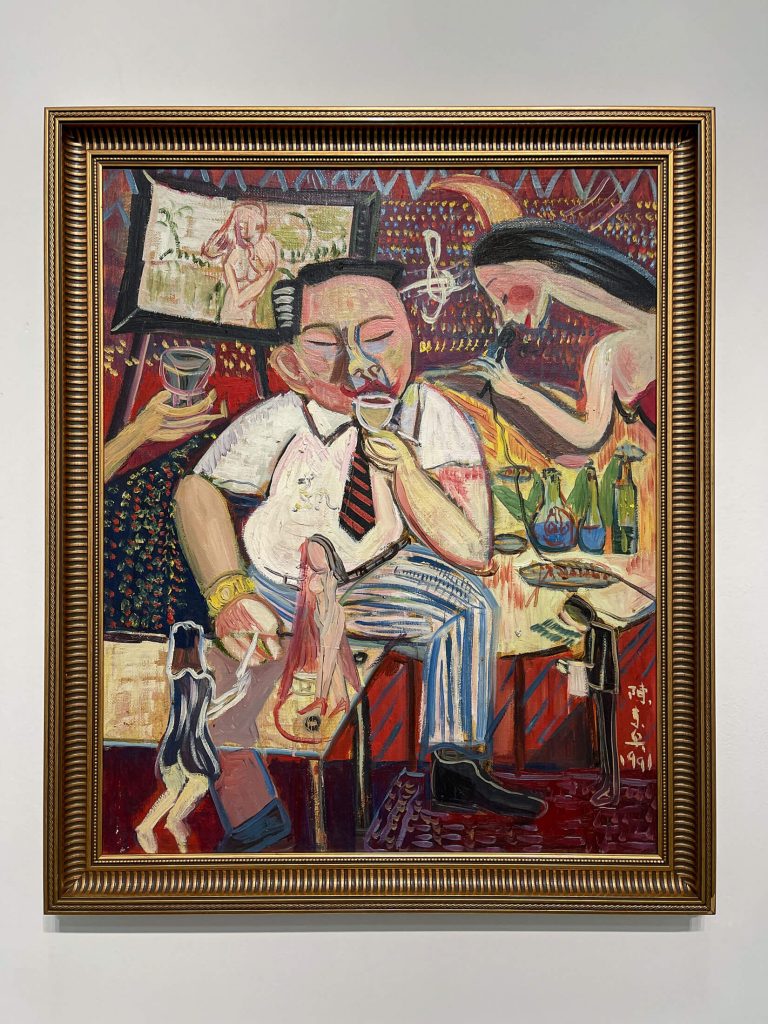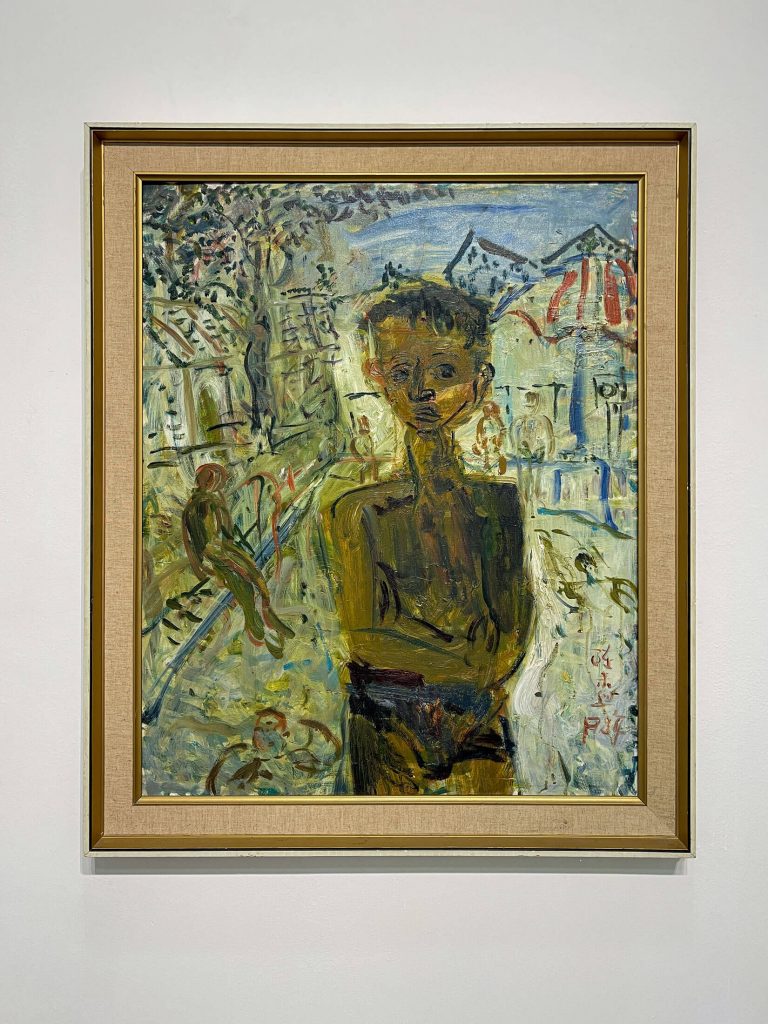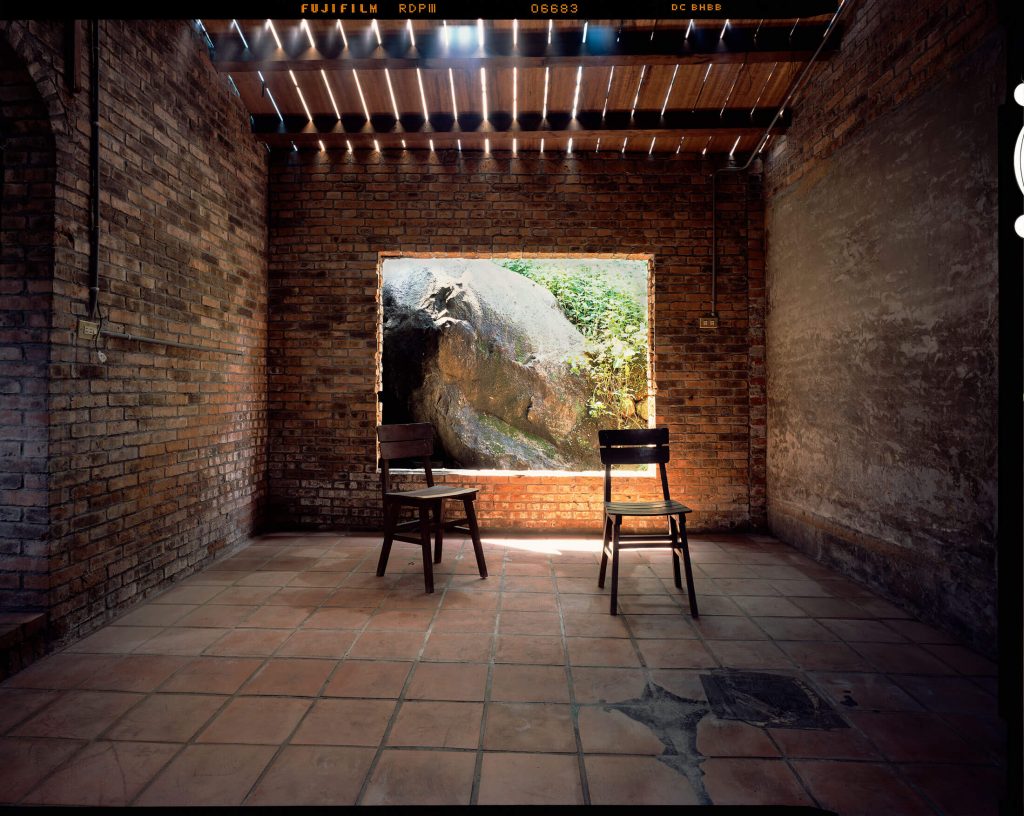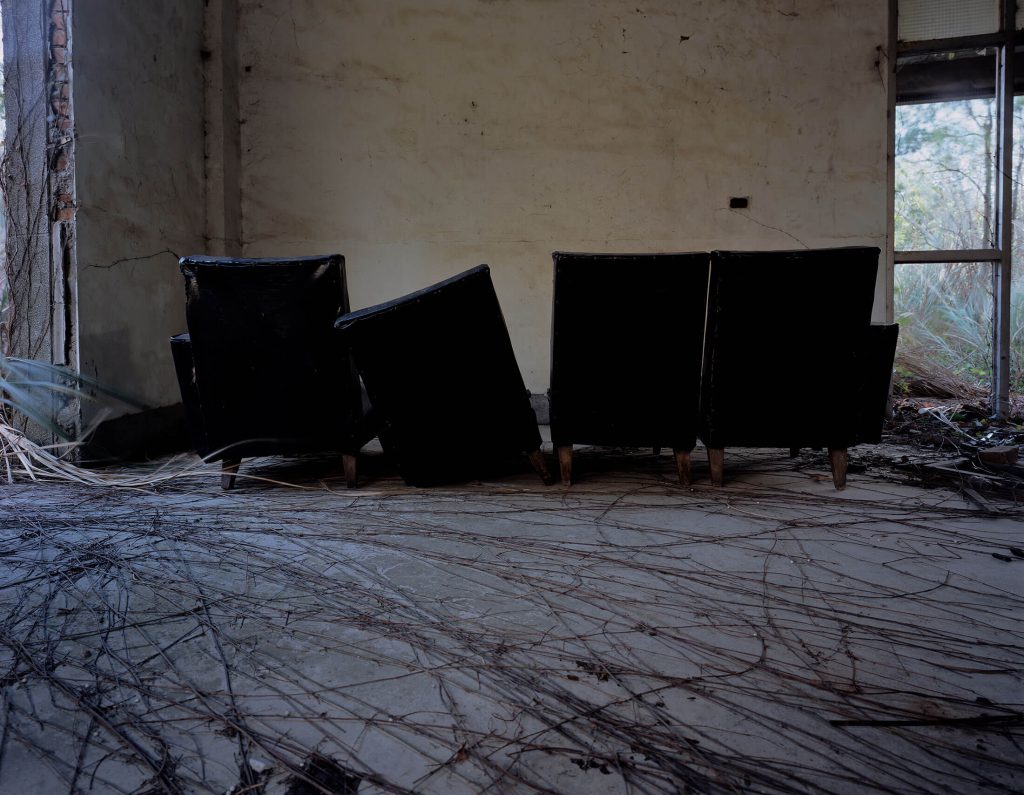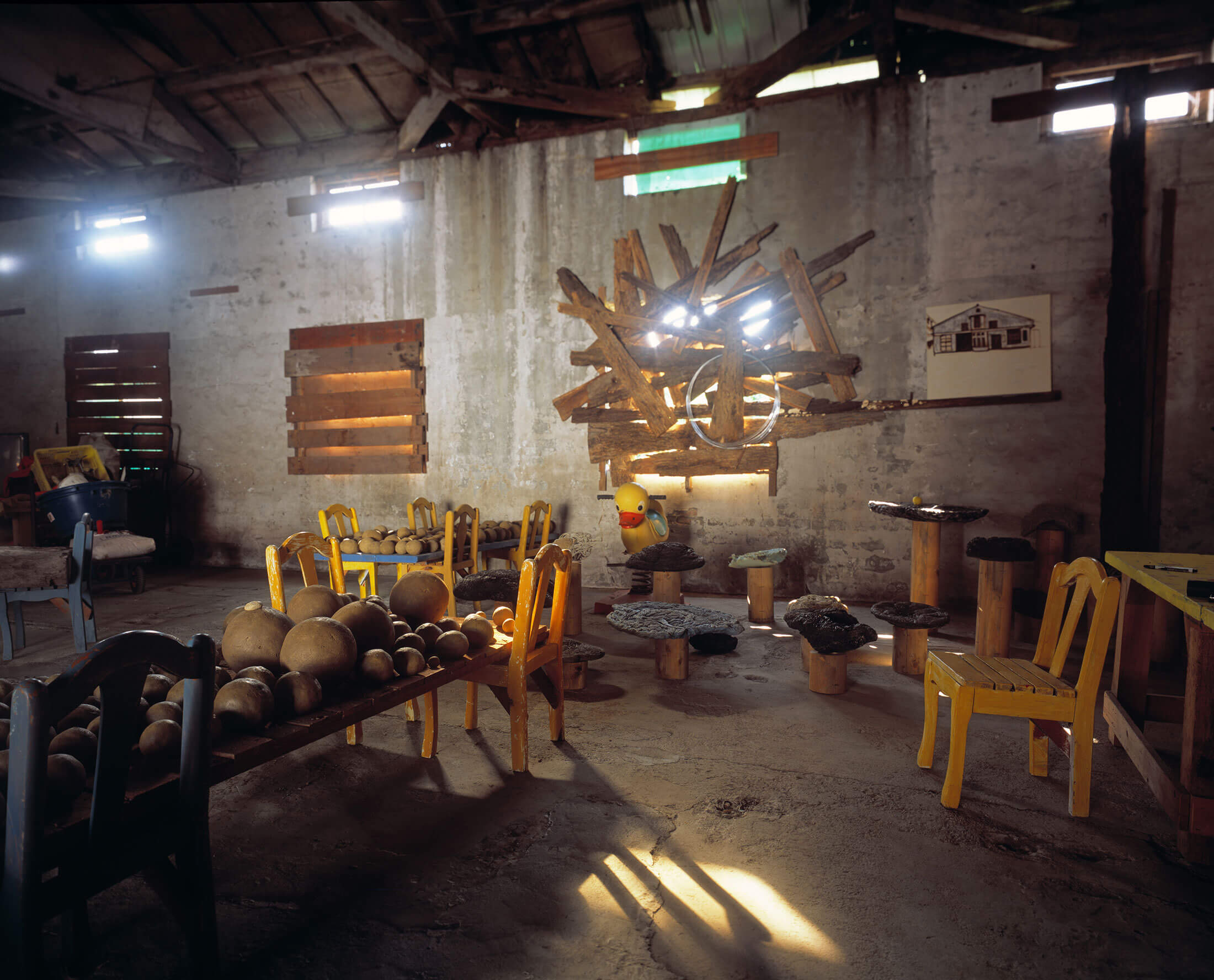Artist
Luis CHAN
Luis CHAN (Chen Fushan, 1905-1995) was the first major Hong Kong artist whom Hanart TZ Gallery exhibited in Taiwan. Luis Chan shares a common ground with the late Taiwan artist YEH Shih-Chiang (1926-2012): these two brilliant and eccentric artists can be described as two of the most challenging figures in Chinese modern art history, as their work does not fit neatly into prevalent art historical narratives. Yet each artist has achieved almost legendary status in their respective spheres in Hong Kong and Taiwan.
Artist
Hing-Wah CHU
Artist
Tsai-Tung CHENG
Artist
Lai-Hsing CHEN
Deeply affected by the Taiwan nativist movement of the 1970s, Lai-Hsing CHEN (b. 1949) was among the first group of artists to create unique visual vocabularies that privileged the experience of Taiwan quotidian life over the visual and thematic language of the Western avant-garde. Cheng Tsai-tung’s work evolved into a wider embracement of the flavors of life in the East, confronting the void of contemporary nihilism with the elegance of the historical literati.
Artist
Shih-Chiang YEH
Artist


